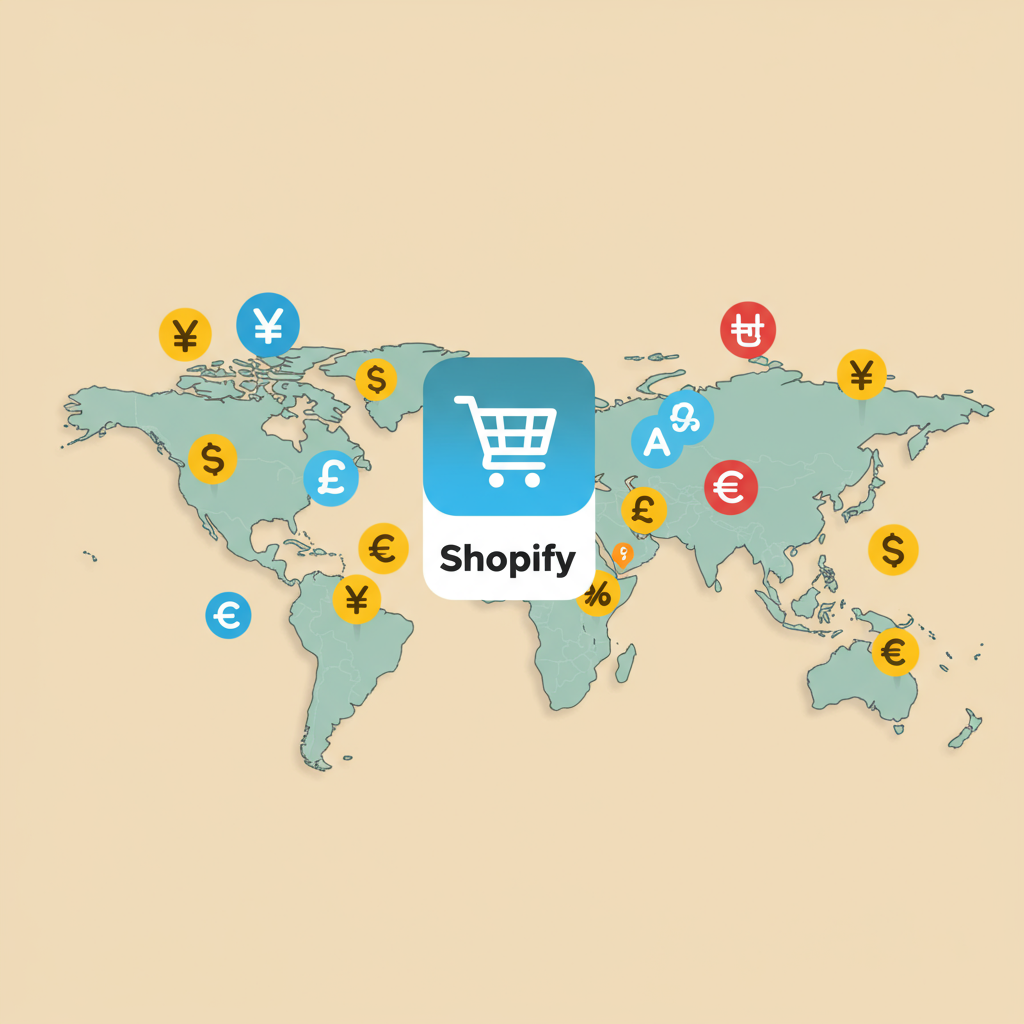How to Optimize Your Shopify Store for International Search Engines and Attract Customers Worldwide
Hey there, fellow Shopify merchants! I’m here today to talk about something incredibly powerful that can unlock massive growth for your store: multi-language SEO.
In an increasingly globalized world, limiting your store to a single language means you’re leaving a significant portion of potential customers on the table.
Imagine reaching customers in their native tongue, building trust, and making them feel truly understood. That’s the immense power of a multi-language store.
But simply translating your content isn’t enough. To truly succeed, you need to ensure search engines understand and correctly index your different language versions. This is precisely where multi-language SEO comes into play.
My goal with this article is to walk you through the essential steps and considerations for optimizing your Shopify store for multiple languages, ensuring you rank well in international search results.
First, let’s talk about Shopify itself. Shopify has made significant strides in supporting multi-language stores natively, which is fantastic news for us merchants.
You can now enable multiple languages directly within your Shopify admin under Settings > Languages. This allows you to translate your theme content, product descriptions, collections, and much more.
Shopify also handles automatic routing based on the customer’s browser language, which is a great starting point for providing a seamless user experience.
While native support is good, for advanced SEO, we need to dive deeper. Shopify’s native solution primarily focuses on content delivery, not all the intricate SEO signals required for top rankings.
The absolute most critical element for multi-language SEO is the `hreflang` tag. I cannot stress this enough; it is the cornerstone of your international SEO strategy.
What are `hreflang` tags? These HTML attributes tell search engines like Google which language and regional versions of a page exist. They are vital for preventing duplicate content issues and ensuring users land on the correct language version of your site.
For example, if you have a product page in English and a Spanish version, `hreflang` tags tell Google, “This English page is related to that Spanish page, and they serve different language audiences.”
The good news is that Shopify’s native multi-language feature *does* automatically add `hreflang` tags for your translated content. This is a huge win and simplifies things significantly for us.
However, always verify that these tags are correctly implemented using tools like Google Search Console or a reputable site audit tool. Incorrect `hreflang` implementation can do more harm than good.
Next, let’s discuss URL structures. How you structure your URLs for different languages significantly impacts your SEO performance.
My preferred method, and generally considered the most SEO-friendly, is using subdirectories (e.g., `yourstore.com/es/product-name`). This approach consolidates link equity to a single domain, which is a major advantage.
Shopify’s native multi-language feature uses subdirectories by default (e.g., `yourstore.com/fr`, `yourstore.com/de`). This alignment with best practices is excellent for SEO.
While subdomains (e.g., `es.yourstore.com`) or country-code top-level domains (ccTLDs like `yourstore.es`) are options, they often require more complex setup and SEO management, especially for link building. My advice is to stick with subdirectories if you can.
This might seem obvious, but high-quality, natural-sounding translations are paramount. Your content needs to resonate with native speakers.
While machine translation has improved dramatically, it often lacks nuance, cultural context, and can sound unnatural. I strongly recommend investing in professional human translation for your core content.
Think beyond just words; localize your content to fit cultural norms, currency, units of measurement, and even imagery. This builds trust and relevance with your international audience.
Don’t forget to translate and localize all your SEO elements, not just the main body text.
Each language version should have unique, optimized meta titles and descriptions in that specific language. These are your storefronts in search results.
Translate your image alt text. This helps with image search visibility and improves accessibility for international users.
While Shopify handles the base URL, ensure your product and collection slugs are also translated or transliterated where appropriate for better keyword relevance in each language.
Set up separate properties in Google Search Console for each language subdirectory if you want to monitor performance granularly, though a single domain property will also show data.
Use the International Targeting report in Google Search Console to check for `hreflang` errors and ensure your targeting is correctly configured.
Link building is still crucial for international SEO. Try to acquire backlinks from relevant, authoritative websites in each target country or language.
A seamless user experience (UX) is vital. Ensure your language switcher is prominent, easy to find, and intuitive to use for your visitors.
Regularly monitor your international search performance using Google Analytics and Search Console. Pay attention to traffic from different countries and languages to identify opportunities and issues.
I’ve covered a lot of ground here, from `hreflang` to localization. I’d love to hear your thoughts. What do you think about this article?
Implementing a robust multi-language SEO strategy for your Shopify store is an investment that pays significant dividends. It opens up new markets, builds brand authority, and ultimately drives more sales.
My advice is to start with the basics: ensure `hreflang` is correct, leverage Shopify’s subdirectory structure, and prioritize high-quality, localized content.
The world of SEO is always evolving, so stay informed and adapt your strategy as needed. Good luck reaching your global audience!






